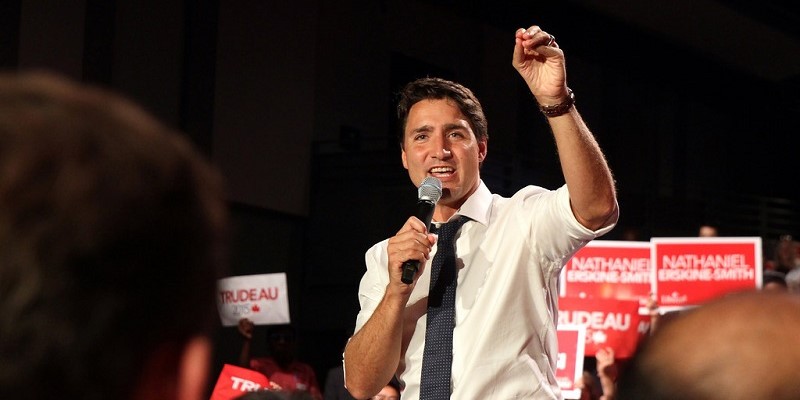Federal spending reaches highest level in Canadian history

Sound fiscal policy is crucial for a healthy economy. A key component of sound policy is the appropriate size and role of government (i.e. government spending and regulations). Higher spending comes at the expense of higher taxes, levied now or in the future through larger deficits and greater debt accumulation, all of which can influence economic growth and social progress. This issue is particularly relevant today, as 2019 marked the highest level of federal government spending in Canadian history.
Certainly, the government has an important role to play—public services are critical for a well-functioning economy. But what’s the right size of government?
The question ultimately comes down to what share of resources are best kept by workers, entrepreneurs and businesses that create them, versus the share of resources the government should extract to spend on the priorities it deems important. Two common measures are used to calculate the size of government: spending as a share of the economy and per-person spending (adjusted for inflation).
First, let’s review spending as a share of the economy. According to the IMF’s Fiscal Monitor, Canada’s spending (including all levels of government) as a share of the economy is a little more than 40 per cent (without accounting for regulations, which would increase the size of government further).
A mounting body of research suggests this level of government spending is well above the level linked with maximizing economic growth and social wellbeing. Indeed, the evidence indicates that the optimal size of government for economic growth—including federal, provincial and local—is between 26 per cent and 30 per cent of GDP; beyond this level economic growth rates begin to decline. When the share of spending exceeds 35 per cent of GDP, not only is economic growth impaired but improvement in social wellbeing indicators such as life expectancy and educational attainment are generally limited.
But what about per-person spending?
Our recent Fraser Institute study finds that the Trudeau government is now spending at the highest level in Canada’s history, despite the absence of any major military conflict or recession. Indeed, the study, which calculates inflation-adjusted program spending (total federal spending minus interest costs on debt) for every year since 1870, finds that per-person spending is expected to reach $9,066 for 2019.
For context, per-person spending (inflation-adjusted) was $7,612 at its peak during the Second World War and $8,811 during the 2009 recession.
Of course, Canadians must consider what they gain from this unprecedented level of spending. According to the Bank of Canada, Canada’s economic outlook is quite weak. Recent projections estimate economic growth of only 1.5 per cent in 2019. There are other worrying signs, too, including dismal employment numbers and weak business investment.
Social indicators also show little progress, despite higher spending. For example, according to PISA (the OECD’s international assessment of student performance), our student’s performance in reading, math and scientific literacy has either declined or remained largely unchanged in recent years despite an increase in nominal spending on K-12 public education of 10.7 per cent over the last five years (with 2016/17 the latest year of available data).
Similarly, health-care wait times, a useful measure of the efficiency of Canada’s health-care system, show a median wait time of 20.9 weeks for medically necessary treatment this year, the second-longest wait time recorded in more than two decades—despite a 15 per cent increase in nominal health spending over the last five years.
Clearly, bigger government doesn’t necessarily mean better government. Canadians should be aware of the appropriate size and role of government. The research indicates the optimal size of government—one that maximizes economic growth and social progress—is much smaller than what currently exists.


